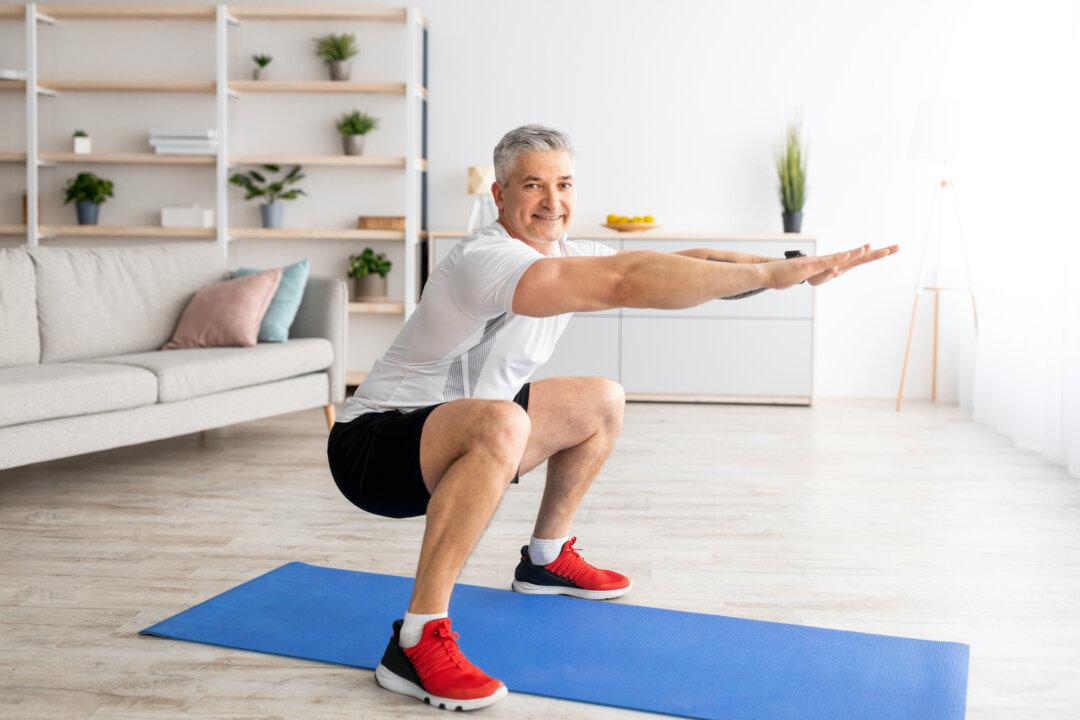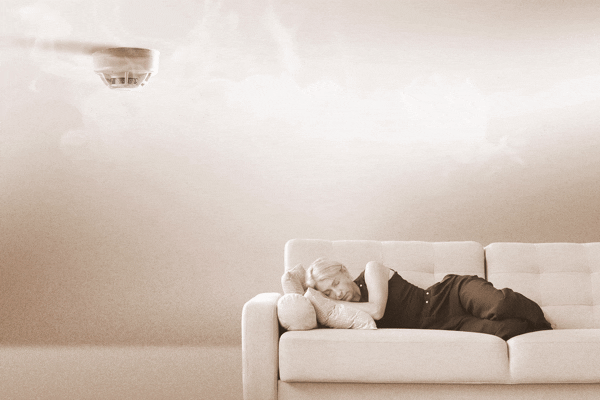Being able to sit down on the floor and stand up from that position without using one’s hands can indicate a person’s potential longevity, according to a 2012 study published in the European Journal of Cardiology.
If a person can stand up from the floor with the help of one hand or one knee, the study found, they wouldn’t live quite as long as those who can stand up without using their hands or knees, but they would live longer than someone who needed both hands or both knees to stand.






